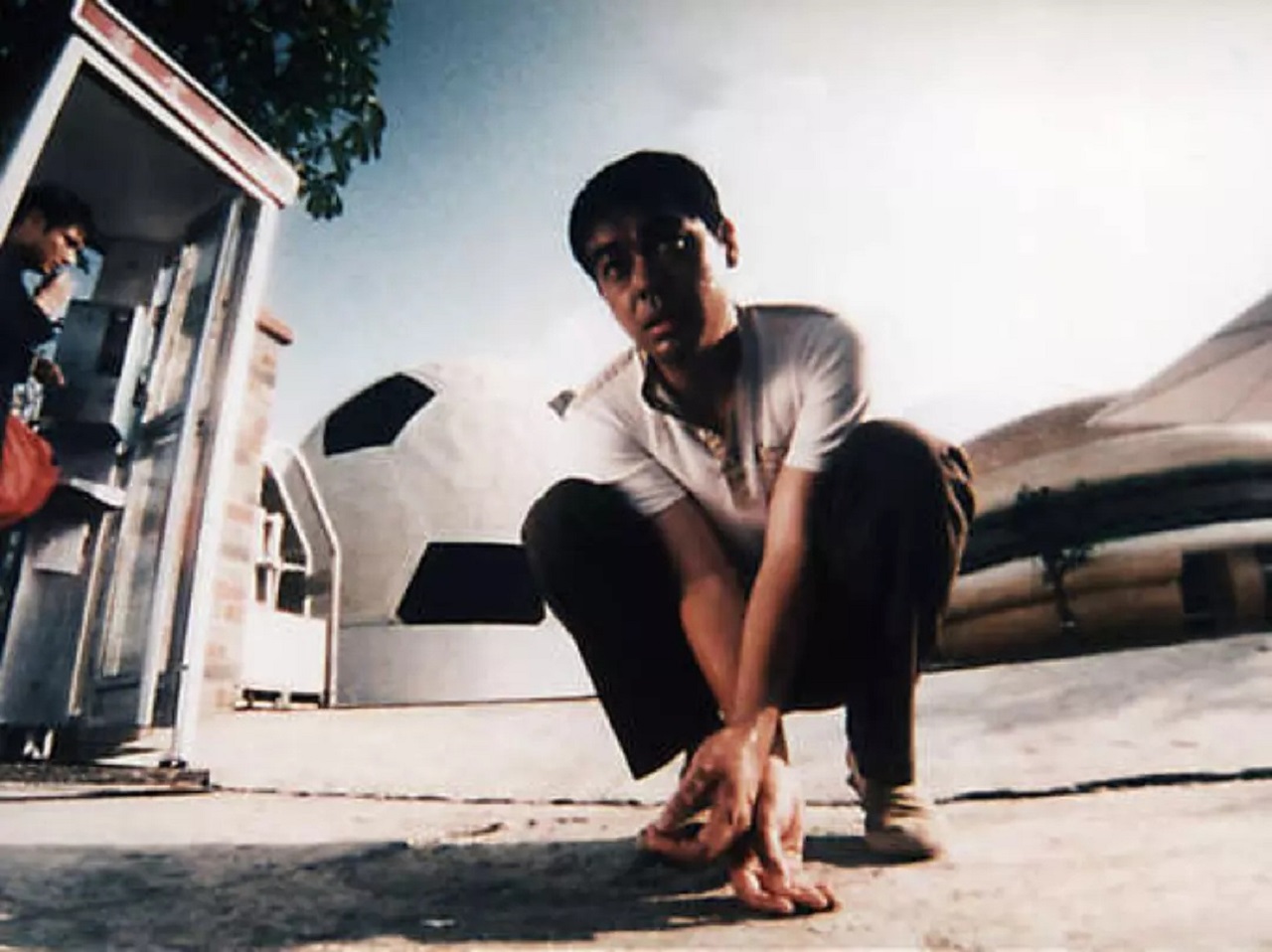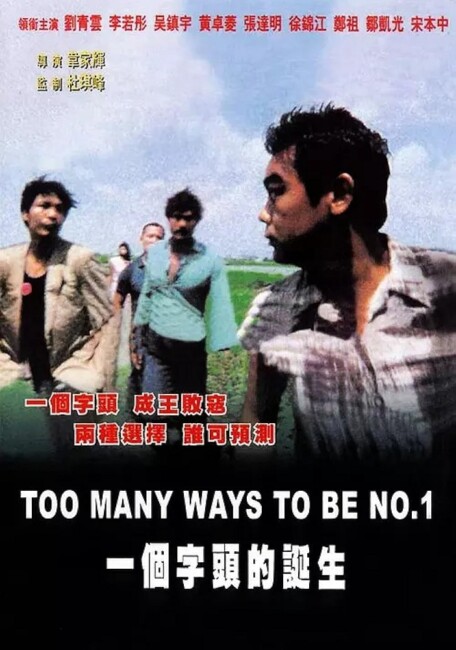(Yige Zitou De Dansheng)
Crew
Director – Wai Ka-fai, Screenplay – Wai Ka-fai, Matthew Chow & Szeto Kam-yuen, Producers – Anthony Chow & Johnny To, Photography – Wong Wing-hang, Music – Cacine Wong, Production Design – Silver Cheung. Production Company – Milkyway Image Co.
Cast
Lau Ching-wan (Ah Kau), Francis Ng (Matt Chan)
Plot
The Hong Kong mobster Ah Kau is plunged into trouble after the gang run their boss down during an armed raid on a bathhouse. Kau and the gang complete a delivery of stolen cars to Mainland China, only to see them confiscated for owed money. They then agree to help the boss’s wife rob a rival gang – only to have her die during sex and the armed raid go wrong. In another reality, Kau makes a different set of choices and ends up being persuaded to help a friend make an assassination hit in Taiwan – only to get too drunk to remember who they are hitting. They then find that the two of them have each been hired by rival brothers to shoot the other.
This Hong Kong crime film is a rather funny take on the whole modishly cool criminal operation subgenre created by Reservoir Dogs (1992) and copied by the likes of Killing Zoe (1994), The Usual Suspects (1995), Things to Do in Denver When You’re Dead (1996), Lock, Stock and Two Smoking Barrels (1999) et al.
Here the band of stylish, hard-talking crims that has become a staple of the subgenre since Reservoir Dogs are replaced by a group of bumbling wannabes who have more in common with Abbott and Costello than Quentin Tarantino. The exercise is shot through with a sense of Terry Gilliam-esque black irony wherein everything that can go wrong inevitably will. The gang accidentally run their boss over – they brick him up only to find they have entombed his ringing pager with him; one of the hoods keeps trying to call his senile grandmother to give him the contact name of the person he is to make the hit on; the hoods wake up after a night’s heavy drinking to find they have agreed to a hit and then that each has been hired by two mobster brothers to rub out the other brother; they mug a woman only to find that the woman has been left brain-damaged and is a triad boss’s wife and that they have now been hired to find and kill themselves.
Too Many Ways to Be No. 1 is more a dog-legging series of ironic twists than it is necessarily construed as any real plot but it is conducted with an immense degree of energy. It is as notable for the energy of the exercise as it is for the eccentricity of the camera-work – a fight is filmed with the camera upside down; another with it swinging from side to side as though on a pendulum; or fluid camera shots with the camera snaking through the aftermath of shootouts or action melee scenes to take in everything that is happening at once.

The film also has a unique narrative structure. It tells one story then backtracks to the beginning of events to retell an alternate story based on what might happen if the hero made a different central choice. This may have been inspired by the elliptical story-telling structure of Pulp Fiction (1994), as some have pointed out, but is a device of sufficient uniqueness and originality to stand on its own. A more likely source was Alain Resnais’s Smoking/No Smoking (1993). Of course, the basic idea of telling two alternate storylines based on different choices was then appropriated by the following year’s Sliding Doors (1998), which created its own mini-fad of Chick Flick alternate timeline films.
Too Many Ways to Be No. 1 was the second film from Hong Kong director Wai Ka-fai. Wai, usually in conjunction with Johnnie To, has become one of the top Hong Hong Kong directors since. Mostly in collaboration with Johnnie To, Wai Ka-fai has made a number of other eccentric efforts that enter the fantastic genre with:- Help!!! (2000), a black comedy set in a hospital that has some fantasy elements; the comedy Wu Yen (2001) about mischievous fairies; My Left Eye Can See Ghosts (2002), a comedy about a woman who starts to see ghosts after an accident; Running on Karma (2003) about a Buddhist monk with the ability to see people’s past lives; Fantasia (2004) about a wizard drawn through time to contemporary Hong Kong; Himalaya Singh (2005), a Magical Realist comedy involving amnesia drugs; Mad Detective (2007) about a detective that is capable of seeing people’s inner personalities; and Written By (2009) where a dead man is reincarnated in an alternate life in his daughter’s novel.

